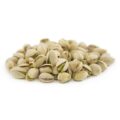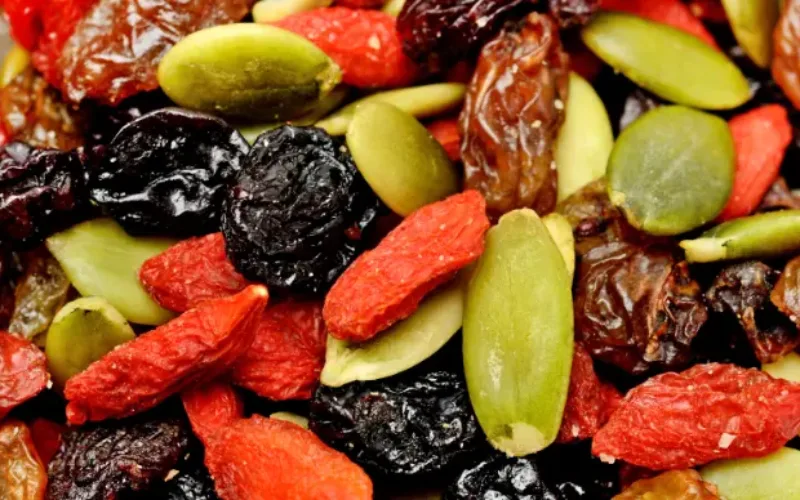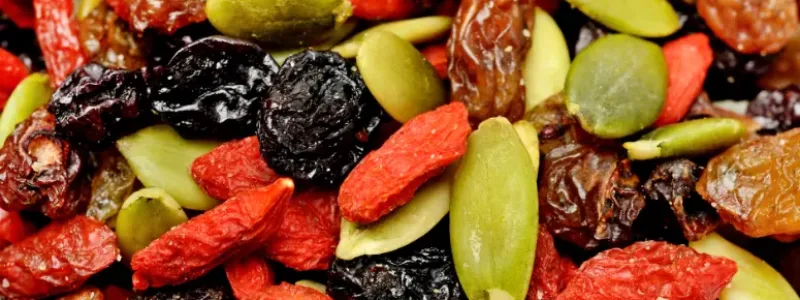Written By Sam Henselijn
Nuts in Global Cuisines. Nuts have been a staple in global cuisines for centuries, lending distinctive flavors, textures, and nutritional benefits to many dishes. From the creamy cashews of Indian curries to the crunchy almonds in Moroccan pastries, nuts play a vital role in culinary traditions worldwide. This journey of nuts in global cuisines will explore how different cultures have embraced nuts, creating dishes that celebrate these nutritional powerhouses.
The Nutritional Power of Nuts
Before diving into the culinary world, let’s appreciate the nutritional benefits nuts offer. Packed with healthy fats, proteins, vitamins, and minerals, nuts are tasty and can be incredibly beneficial for your health. They can improve heart health, support weight management, reduce the risk of certain diseases, and more. Each nut brings its unique mix of nutrients, making it a valuable addition to any diet.

Asia: A Continent of Nutty Flavors
In India, cashews transform dishes with their creamy texture and sweet flavor. They’re often ground into a paste that serves as the base for luxurious curries, such as korma and is a key ingredient in many Indian sweets and desserts.
Peanuts are indispensable in Southeast Asia, particularly in Thai and Indonesian cuisines. They add crunch and flavor to satays and are ground into sauces that dress salads and noodles, like the beloved Pad Thai.
Nuts in Global Cuisines
Middle East: Nuts as a Staple
The Middle East is famous for its love of nuts, especially pistachios, and almonds. These nuts are central to many desserts, such as baklava, and are also used in savory dishes, offering a delightful contrast in flavors and textures.
Pine nuts, though small, are a treasure in Middle Eastern cooking. They’re often sprinkled over hummus, added to meatballs, or used in rice dishes, bringing a buttery flavor that enriches every bite.
Europe: Nutty Traditions
Italy’s famous Pesto Genovese showcases the delicate flavor of pine nuts blended with basil, Parmesan cheese, and olive oil, creating a sauce that’s loved worldwide.
In Spain, almonds are often served as tapas, either salted, fried, or incorporated into dishes like the Romesco sauce, demonstrating the versatility of nuts in enhancing both the flavor and nutritional profile of meals.
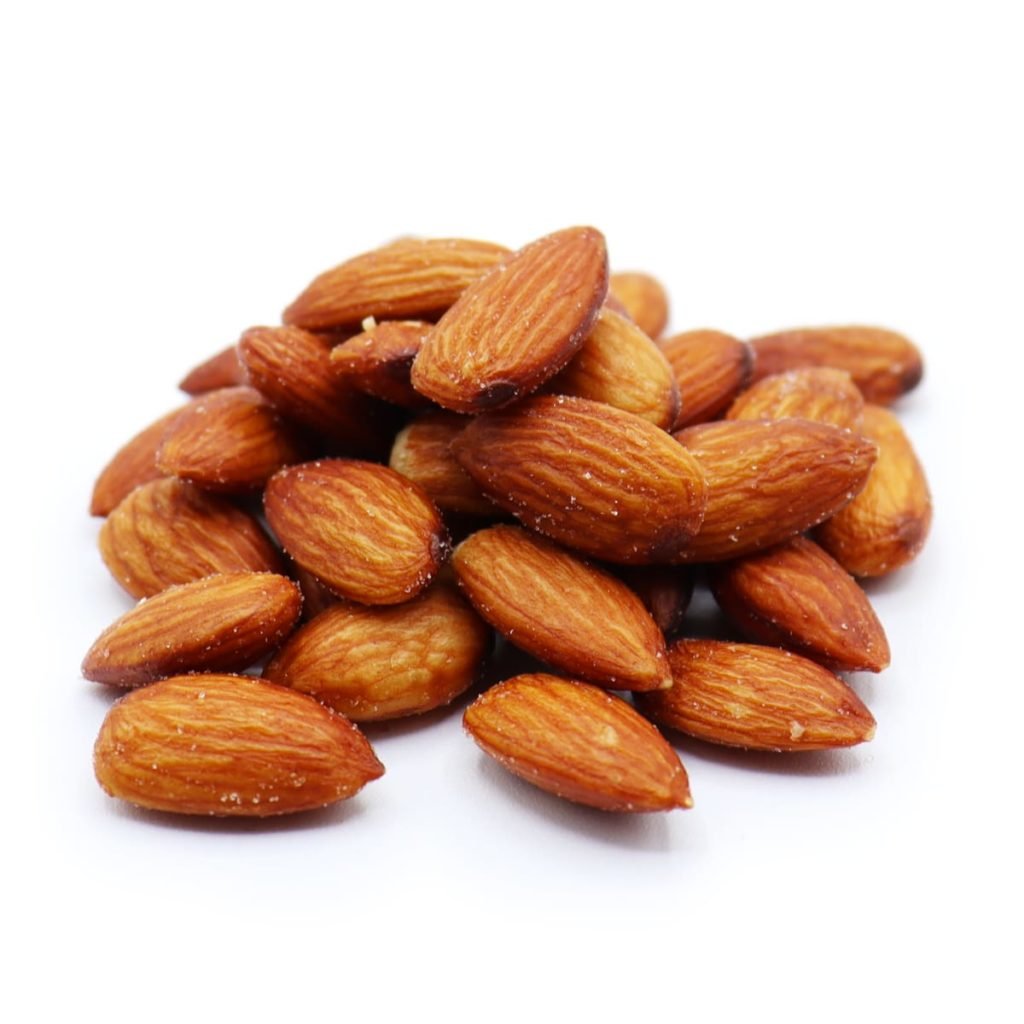
Africa: From Argan to Peanuts
Morocco celebrates nuts, particularly almonds and the rare argan nut, used to produce argan oil. Almonds find their way into pastries, while argan oil adds a unique flavor to dishes and salads.
Peanuts are a cornerstone of West African cuisine, adding depth and richness to hearty stews and soups, serving as a testament to the nut’s versatility and nutritional value.
The Americas: Sweet and Savory
The Southern United States takes pride in its pecan pie, a sweet, nutty dessert that highlights the pecan’s buttery flavor, making it a favorite during holidays and family gatherings.
Brazil showcases its native Brazil nuts in various dishes, including a deliciously dense cake that combines the rich flavors of the nuts with the sweetness of traditional cake ingredients.
Nuts in Vegan and Vegetarian Diets
For those following vegan or vegetarian diets, nuts are indispensable. They provide essential proteins, fats, and nutrients that might otherwise be challenging to obtain from plant-based sources alone. Beyond their role as a meat substitute, nuts can be transformed into dairy alternatives, such as almond milk, cashew cheese, and peanut butter, offering delicious and nutritious options for those avoiding animal products. They also play a crucial role in vegan baking, with ground almonds and cashews often used to create moist, rich cakes and desserts that don’t compromise on taste or texture.
DIY: Bringing Global Flavors to Your Kitchen
Exploring nut dishes from around the world doesn’t require a plane ticket. With a handful of nuts and some basic ingredients, you can bring international flavors into your kitchen. Why not try making your own Thai peanut sauce or whipping up a batch of homemade pesto?
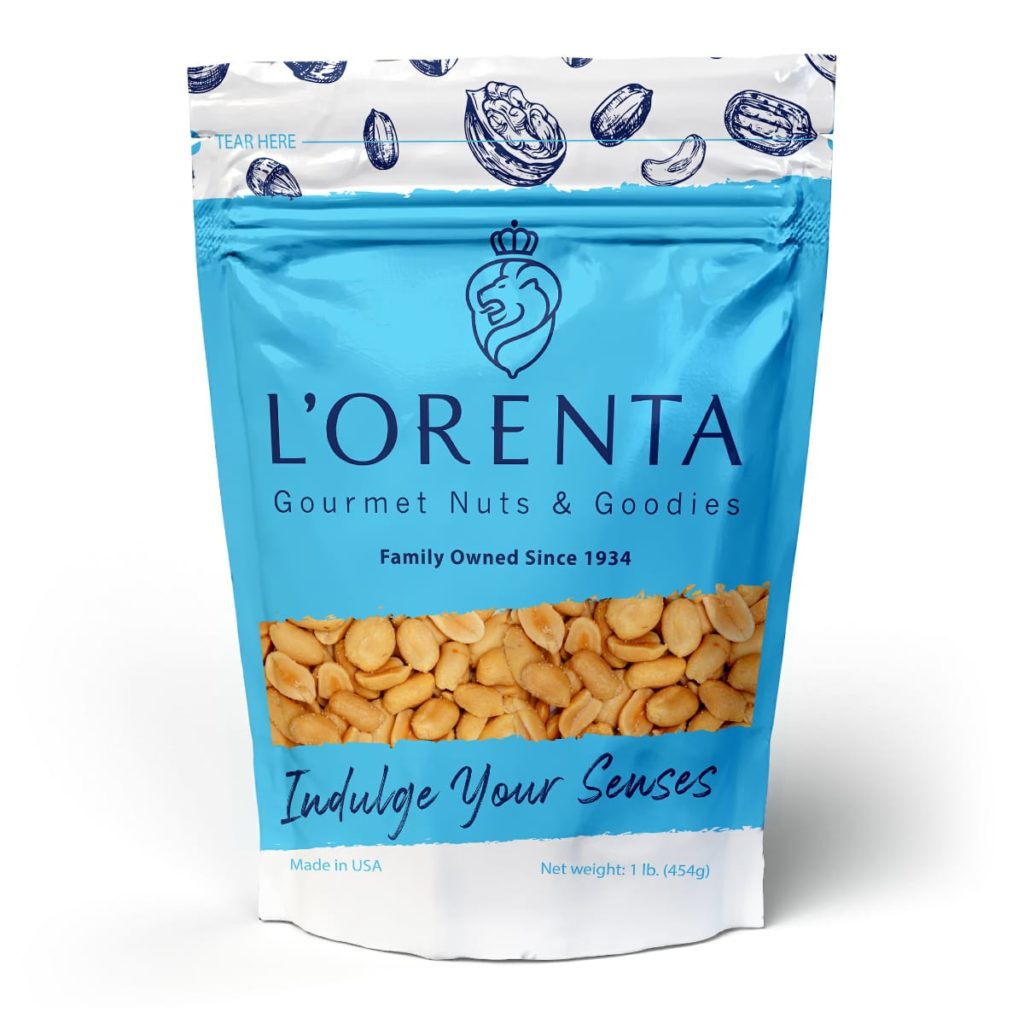
Sustainability and Ethical Sourcing of Nuts
As we enjoy nuts from across the globe, it’s crucial to consider the sustainability and ethical sourcing of these ingredients. Supporting brands and products that prioritize these aspects helps ensure the health of our planet and fair conditions for workers. L’Orenta is SQF certified and as part of our Safe Quality Food commitment we make sure we ethically source all of our products.
Further Exploration of Nuts in Global Cuisines
The journey continues. European baking and desserts, Middle Eastern nut spreads and dips, and the unique uses of nuts in African, Asian, and American cuisines further illustrate the vast culinary landscape shaped by these versatile ingredients. From the Financier cakes of France to the nutty mole sauces of Mexico, every culture has its unique way of celebrating nuts.
As we’ve seen, nuts are not just a healthy snack option but also a versatile ingredient that enhances the flavor, texture, and nutritional profile of many dishes across different cultures. Now, let’s explore how nuts are celebrated in various parts of the world, their impact on vegan and vegetarian diets, and some DIY tips for incorporating them into your cooking.
Further Exploration of Nuts in Global Cuisines
Europe’s love affair with nuts extends into baking and desserts. In France, the Financier cake, a light and moist teacake made with almond flour, is a testament to the elegance that nuts can bring to pastries. In Germany, the Christmas markets are incomplete without Nussknacker, a variety of nutcrackers that symbolize the traditional nut-based treats enjoyed during the festive season, like the rich and dense Nut Stollen.
The Middle Eastern cuisine offers a plethora of nut-based spreads and dips that are not only delicious but also pack a punch of nutrition. Tahini, a paste made from ground sesame seeds, is a staple in Middle Eastern kitchens, serving as the backbone for hummus, baba ganoush, and halva. Similarly, Muhammara, a Syrian dip, blends walnuts with roasted red peppers and pomegranate molasses, creating a savory, tangy, and slightly sweet dip that’s perfect with bread or as a sauce for grilled meats.
The Nutty Heart of African Cuisines
African cuisines, with their diverse and rich culinary traditions, also showcase nuts in various innovative ways. In Ethiopia, nuts are used to add texture and flavor to dishes like Doro Wat, a spicy chicken stew. The Ivory Coast’s Kedjenou, a slow-cooked spicy stew, often includes groundnuts (peanuts) to thicken the sauce and add a subtle nutty flavor that complements the tender meat and vegetables.
Nuts in the Americas: Beyond Pies and Cakes
While pecan pies and Brazil nut cakes are iconic, nuts in the Americas find their way into many other dishes. In Mexico, mole sauce, a complex and rich sauce that includes chili peppers, spices, and chocolate, often contains ground almonds or peanuts to add depth and richness. In Canada, maple and walnut syrup is a popular treat, combining the country’s famous maple syrup with the crunchy texture of walnuts, offering a unique and flavorful topping for pancakes and waffles.
Nuts in Vegan and Vegetarian Diets: A Closer Look
Nuts are a godsend for those following vegan and vegetarian diets, providing essential proteins, fats, and nutrients. Beyond their role as a meat substitute, nuts can be transformed into dairy alternatives, such as almond milk, cashew cheese, and peanut butter, offering delicious and nutritious options for those avoiding animal products. They also play a crucial role in vegan baking, with ground almonds and cashews often used to create moist, rich cakes and desserts that don’t compromise on taste or texture.
DIY Nuts in Global Cuisines Dishes in Your Kitchen
Embracing the global appeal of nuts doesn’t require exotic ingredients or complicated recipes. Here are a few simple ways to incorporate international nut flavors into your meals:
- Make Your Own Nut Milk: Almond, cashew, and hazelnut milk can be easily made at home with just nuts, water, and a blender. These homemade nut milks are perfect for cereal, coffee, or smoothies. Here is a delicious vanilla Brazil nuts milk recipe.
- Whip Up a Nutty Spread: Create your own versions of nut butters or spreads, such as homemade peanut butter or almond spread, adding spices or honey for extra flavor.
- Incorporate Nuts into Salads: Toasted pine nuts or sliced almonds add a delightful crunch and nutritional boost to any salad.
- Experiment with Nut Flours: Almond flour or ground cashews can be used in baking to add a nutty flavor and dense texture to cakes, cookies, and bread.
Conclusion: Nuts in Global Cuisines
Nuts, with their versatility and health benefits, bridge cultures, cuisines, and dietary preferences. Whether you’re a seasoned chef or a curious foodie, there’s a nut waiting to inspire your next meal.
Now that you’ve embarked on this nutty adventure with us and learned more about nuts in global cuisines, we invite you to explore the world of nuts in your cooking. Let’s continue to celebrate the versatility and nutritional power of nuts, making them a cornerstone of our meals and a bridge between cultures.
Nuts have woven their way through the fabric of global cuisines, each culture showcasing them in unique and delicious ways. Whether you’re indulging in a piece of American pecan pie or this Pecan Pie Bars Recipe, savoring a spoonful of West African peanut stew, or sprinkling pine nuts over a homemade Italian pesto, nuts in global cuisines can transport us to different places and times. Their nutritional benefits and rich flavors and textures make nuts an indispensable part of our diets and culinary traditions. Let’s crack open the world of nuts together, discovering the tastes and traditions that make our culinary landscape rich and diverse.
Sam Henselijn Author’s Biography – Meet L’Orenta Nuts CEO
Copyright 2024 L’Orenta Nuts
L’Orenta Nuts proudly holds the SQF food safety certification, symbolizing our unwavering dedication to upholding the highest standards of food safety and quality. This certification guarantees that our products undergo rigorous scrutiny, ensuring transparency, traceability, and adherence to global food safety regulations for the utmost consumer confidence.
L’Orenta Nuts has the HACCP (Hazard Analysis and Critical Control Points) certification is a systematic approach to identifying, evaluating, and controlling food safety hazards. It ensures that food products are produced and handled in a manner that minimizes risks and complies with safety standards.
Our GMP (Good Manufacturing Practices) certification ensures that a manufacturing facility adheres to comprehensive quality and safety standards while producing pharmaceuticals, food, and other consumer goods, promoting consistency, quality, and compliance with regulatory requirements.
L’Orenta is an FDA-approved manufacturing facility and has met the rigorous standards set by the U.S. Food and Drug Administration. It demonstrates compliance with regulations, ensuring the production of safe and high-quality food products.



















